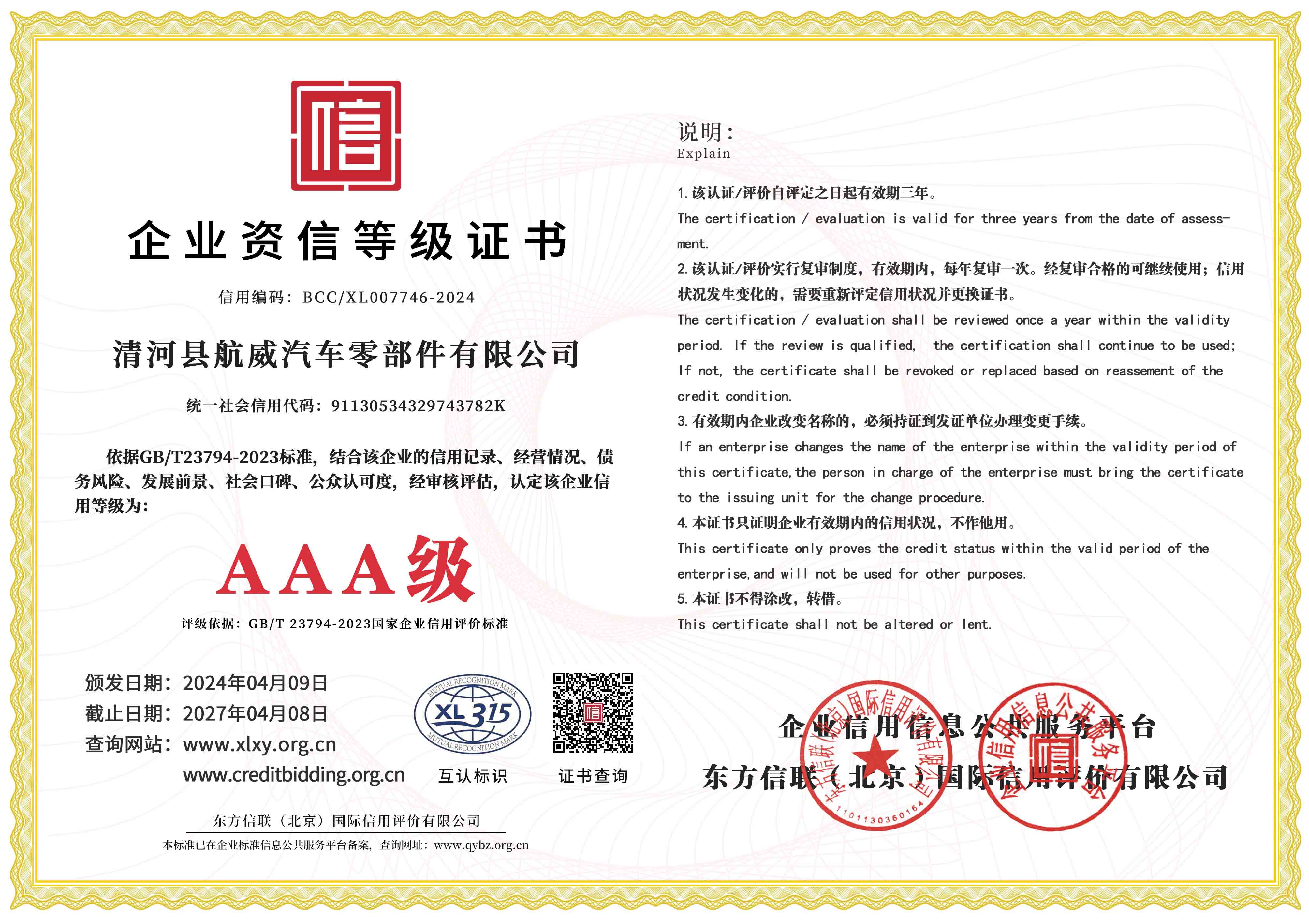Adjusting the Throttle Control for Enhanced Performance and Optimal Driving Experience
Understanding the Throttle Rod A Crucial Component in Automotive Engineering
The throttle rod is a critical component in the functioning of internal combustion engines, particularly in automobiles. Acting as a link between the accelerator pedal and the throttle body, the throttle rod plays a vital role in controlling the air-fuel mixture that powers the engine. Understanding the anatomy and functionality of the throttle rod provides insight into the intricate workings of vehicle performance and efficiency.
What is a Throttle Rod?
The throttle rod, often referred to as a throttle linkage, is a mechanical component designed to connect the accelerator pedal to the throttle body of the engine. When the driver presses the accelerator pedal, the throttle rod moves accordingly, adjusting the angle of the throttle plate within the throttle body. This, in turn, regulates the amount of air entering the engine, which is crucial for the combustion process.
Components and Design
Throttle rods come in various designs, often formed from durable materials such as steel or aluminum to withstand the stresses of engine operation. The setup typically includes several parts the throttle rod itself, bushings, and sometimes a system of levers or cables to transmit the motion from the accelerator pedal. In modern vehicles, electronic throttle control systems have replaced traditional mechanical throttle rods, but the basic principle remains the same adjusting airflow to optimize engine performance.
Functionality in Engine Performance
The throttle rod's primary function is to manage the engine’s air intake by control of the throttle plate position
. This affects not only the power output but also the efficiency of fuel consumption. When the pedal is pressed, the throttle rod pulls the throttle plate open, allowing more air to flow into the engine. The engine's computer (ECU) then adjusts the fuel injectors based on the amount of air intake, ensuring a balanced air-to-fuel ratio for optimal combustion.throttle rod

Proper functioning of the throttle rod is essential for maintaining vehicle performance. A malfunctioning throttle rod can lead to a range of issues, from poor acceleration response to reduced fuel efficiency. In severe cases, it can result in unintended acceleration or engine stalling, both of which pose significant safety risks.
Maintenance of the Throttle Rod
Maintaining the throttle rod and its associated components is crucial for vehicle reliability. Regular checks for wear and tear, rust, or corrosion can help prevent failure. In vehicles with a mechanical throttle rod, lubricating the joints and ensuring that the rod is properly aligned can enhance performance. For those with electronic throttle systems, while there's no physical rod to maintain, periodic diagnostics checks are necessary to ensure that the sensors and actuators are functionally sound.
Future of Throttle Control
As automotive technology advances, the traditional throttle rod’s role is evolving. Many modern vehicles now employ drive-by-wire systems, where electronic signals replace mechanical linkages. This technology allows for more precise control of the engine, improvements in fuel economy, and enhanced performance features like adaptive cruise control. However, the fundamental principle of regulating air intake remains relevant, whether through mechanical or electronic means.
Conclusion
In summary, the throttle rod may seem like a small component, but its impact on vehicle performance is significant. By controlling the airflow to the engine, the throttle rod not only influences power output but also contributes to fuel efficiency and overall driving experience. As technology evolves, the throttle rod's function continues to develop, ensuring that this essential part of automotive engineering adapts to modern demands while maintaining the core objective of optimizing engine performance. Understanding its importance helps car owners appreciate the sophistication of their vehicles and the engineering marvel that is the internal combustion engine.
-
Workings of Clutch Pipe and Hose SystemsNewsJun.04,2025
-
The Inner Workings of Hand Brake Cable SystemsNewsJun.04,2025
-
The Secrets of Throttle and Accelerator CablesNewsJun.04,2025
-
The Hidden Lifeline of Your Transmission Gear Shift CablesNewsJun.04,2025
-
Demystifying Gear Cables and Shift LinkagesNewsJun.04,2025
-
Decoding Clutch Line Systems A Comprehensive GuideNewsJun.04,2025
